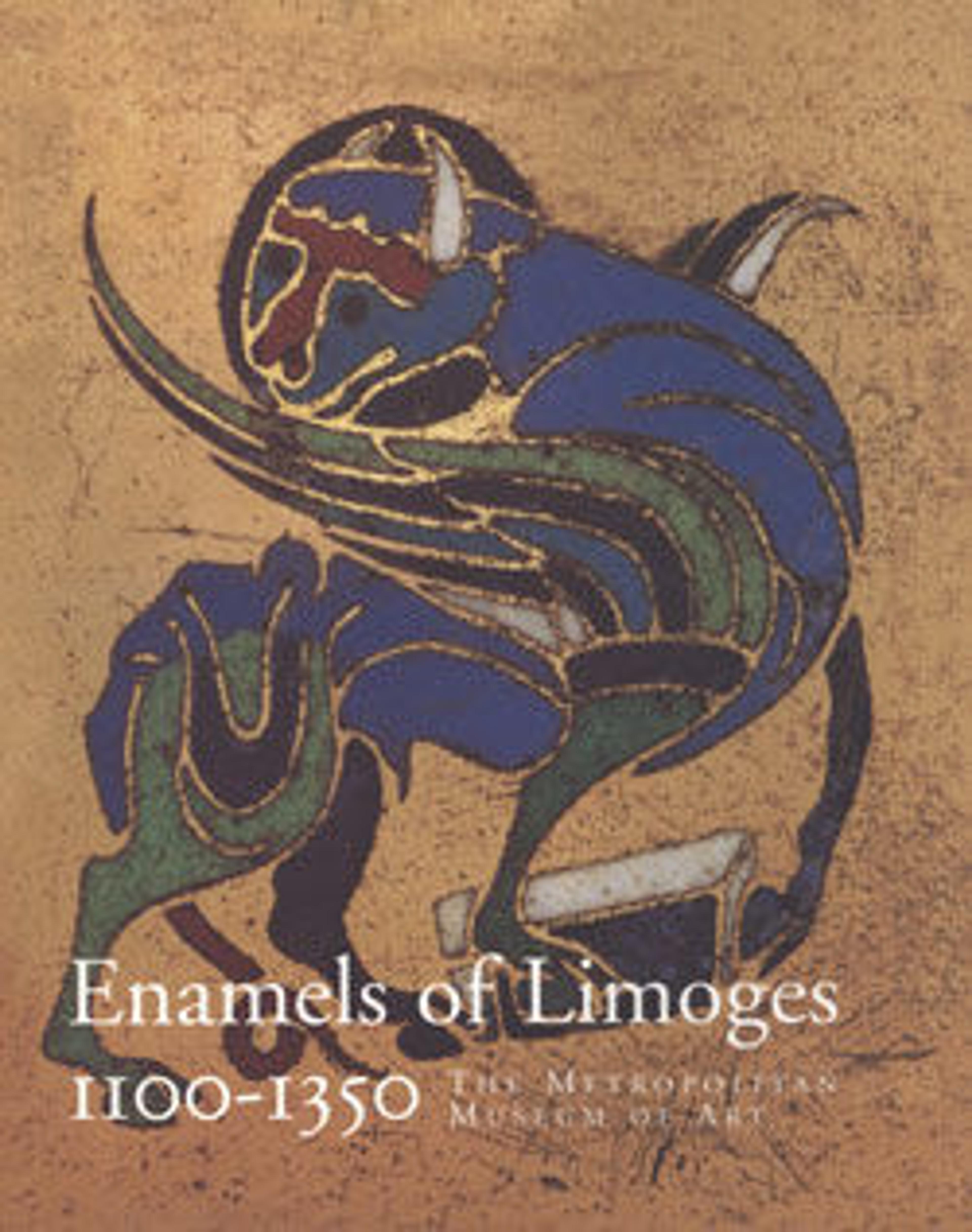Head of a Crozier with a Serpent Devouring a Flower
As early as the sixth century, the pastoral staff, or crozier, conveyed the authority of a bishop, abbot, or abbess. The serpent and flower are frequently combined on enamel croziers from Limoges. They allude to the rod of Moses that, in the presence of Pharaoh, miraculously turned into a serpent at the command of God, and to the flowering rod of Aaron, symbol of his election to the priesthood by God.
Artwork Details
- Title: Head of a Crozier with a Serpent Devouring a Flower
- Date: ca. 1200–1220
- Geography: Made in Limoges, France
- Culture: French
- Medium: Copper: formed, engraved, chased, scraped, stippled, and gilt; champlevé enamel: medium and light blue, light green, yellow, red, and white; glass cabochons
- Dimensions: 9 1/8 × 5 1/16 × 2 3/4 in. (23.1 × 12.8 × 7 cm)
- Classification: Enamels-Champlevé
- Credit Line: Gift of J. Pierpont Morgan, 1917
- Object Number: 17.190.833a, b
- Curatorial Department: Medieval Art and The Cloisters
More Artwork
Research Resources
The Met provides unparalleled resources for research and welcomes an international community of students and scholars. The Met's Open Access API is where creators and researchers can connect to the The Met collection. Open Access data and public domain images are available for unrestricted commercial and noncommercial use without permission or fee.
To request images under copyright and other restrictions, please use this Image Request form.
Feedback
We continue to research and examine historical and cultural context for objects in The Met collection. If you have comments or questions about this object record, please contact us using the form below. The Museum looks forward to receiving your comments.
